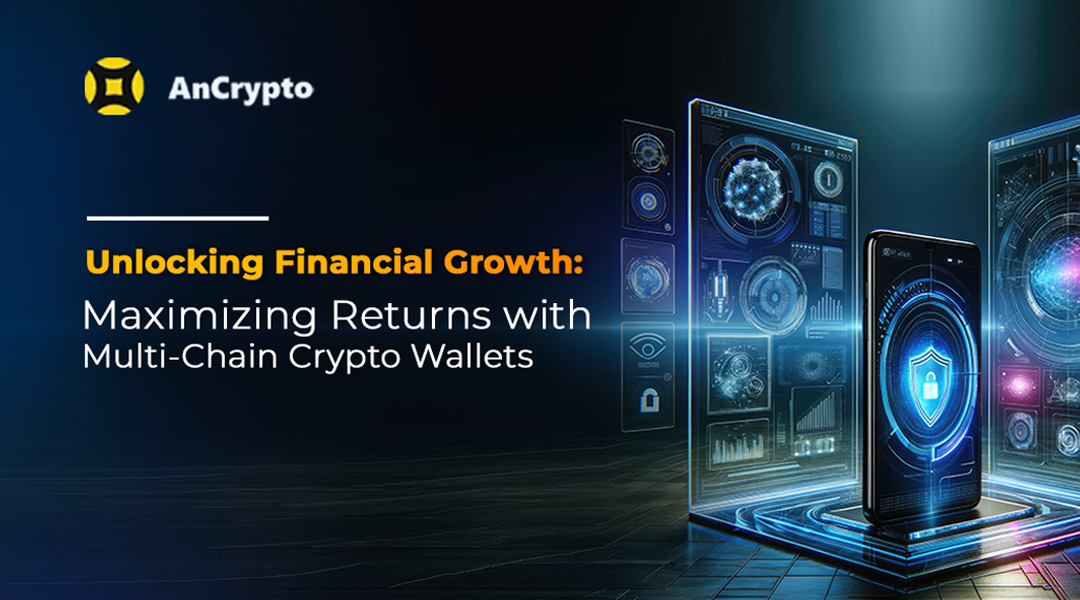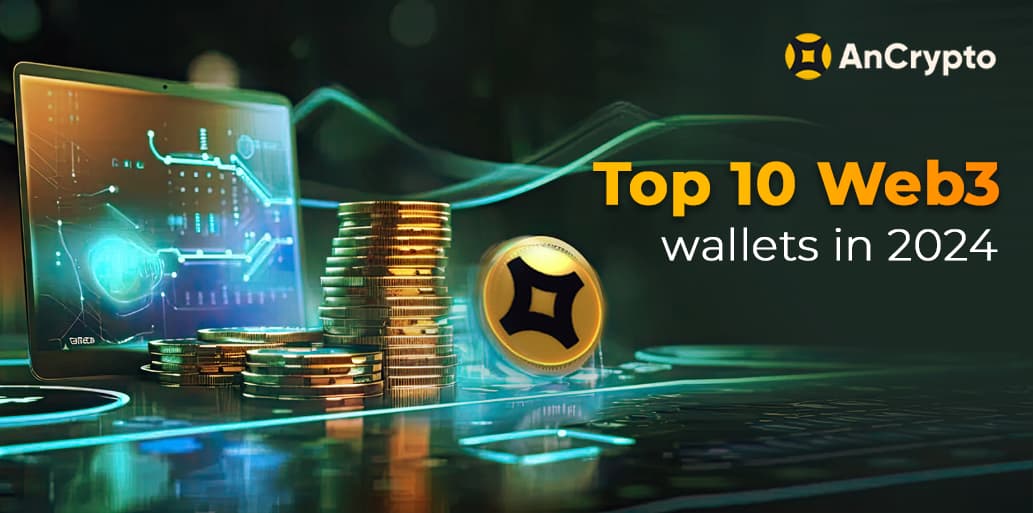The increasing popularity of Decentralized Finance has created a buzz around the notion of “Token Allowance” leaving many users captivated by what it entails.
You probably have not realized it, but if you have ever done any transaction using the Defi app, you unwittingly grant permission to Token Allowance. It is a mandatory step allowing the DApp to do something on the user’s behalf.
Token Allowance: Empowering Smart Contracts In Decentralized Finance
To perform a transaction on the Blockchain network user requires to give approval and confirm the transaction,
Allowance is the “Permission” that the user grants a smart contract to spend a certain amount of tokens on their behalf, safely, on the Blockchain network. This smart contract includes the token transfer details like Token Amount, Recipient Address, and Permission Expiration Date. This permission ensures that token transactions are done only after the user’s consent.
The smart contracts belong to third parties like DEX or Protocol Relayer. The token allowance given to smart contracts comprises transparent and mutant rules. They help to decide the amount owners want to make available for a smart contract while having complete control over its operations.
It is one-time permission given to a third party on tokens to ensure that transactions remain controlled, unhindered, and become more secure for everyone.
Evolution and Adoption of Token Allowance: An Ethereum-Inspired Innovation
The Token Allowance feature is introduced by the Ethereum Blockchain based on the ERC-20 Token standard which provides developers with a framework to create and manage tokens, including feature implementation.
Within a short period, Token allowance gained huge popularity because of its usefulness in granting permission to spend tokens only after user consent.
As a result, it became widely acceptable beyond the Ethereum network, and other blockchain platforms started implementing the same feature based on their token standard.
For example, Binance Smart chain has its own token standard BEP-20 provides Token Allowance.
At present, all major Blockchains like Binance Smart Chain, Polkadot, TRON, Tezos, etc., have implemented similar features for controlled and secure transfers of value within the network.

Types OF Transactions For Which Token Allowance Used
- Decentralized exchanges (DEX):
- Staking:
- Subscription services:
- Gaming:
- Crowdfunding:
Use Token allowance on DEX to spend a certain amount of tokens on your behalf for trading.
Grant permission to staking pool using Token allowance and earn rewards without giving control of your tokens.
Pay for the subscription services using the Token Allowance feature that require recurring payments, and skips manual interruption.
Allow the game to spend tokens on your behalf using this feature.
Widen the scope of secure crowdfunding by allowing contributors to grant permission to the campaign organizer to spend tokens on their behalf.
Demystifying Token Allowance
Let’s take the example of Uniswap- a popular and easy-to-use DeFi app.
Uniswap ( Automated Market Maker) enables users to trade tokens belonging to the Ethereum blockchain.
Suppose you have 50 DAI Tokens and swap them with BAT tokens. Though with Uniswap, you can swap them in a matter of seconds ( thanks to its easy functionality), before the swap, you need to pass on the other transaction enabling the tokens to swap.
The allowance feature enables the smart contract to transfer tokens you have in the wallet. So, when you give “Allowance” to the smart contract, it spends tokens on your behalf ( without asking you to authorize the transaction).
Working Of Token Allowance
The Token allowance () function involves two arguments:
- Owner:
- Spender:
This function includes the owner address who grants permission for approve() function.
This function includes the spender’s address having permission to withdraw.

For example: Suppose user A wants to interact with a smart contract of any DeFi protocol to make any transaction, let’s say compound.
In this situation, the interaction between two of them will be under the control of COMP protocol and will ask user A to provide access (or allowance) to specific tokens. When the interaction gets approval from the user, COMP will take control of these tokens and invest them in one of the pools of its protocol. As a result, it will release its blocked balance and the data that the user is interested in.
This process requires the permission of the user and volunteer access to balance. In case the access demand is unsolicited, the user can reject it.
Understanding The Importance Of Token Allowance
The Tokens are crypto assets in the blockchain network, and keeping them protected is the utmost priority. To keep tokens safe, Ethereum Blockchain introduced standardization for the tokens – ERC20 and ERC777 tokens. This standardization decides what type of functions these tokens will perform and what will be the standard structure for the smart contract.
One such function is the “Token Allowance” function which enables the token owners to grant permission to DEX, DeFi, and DApps for transactions, and third parties can access them with the owner’s consent.





